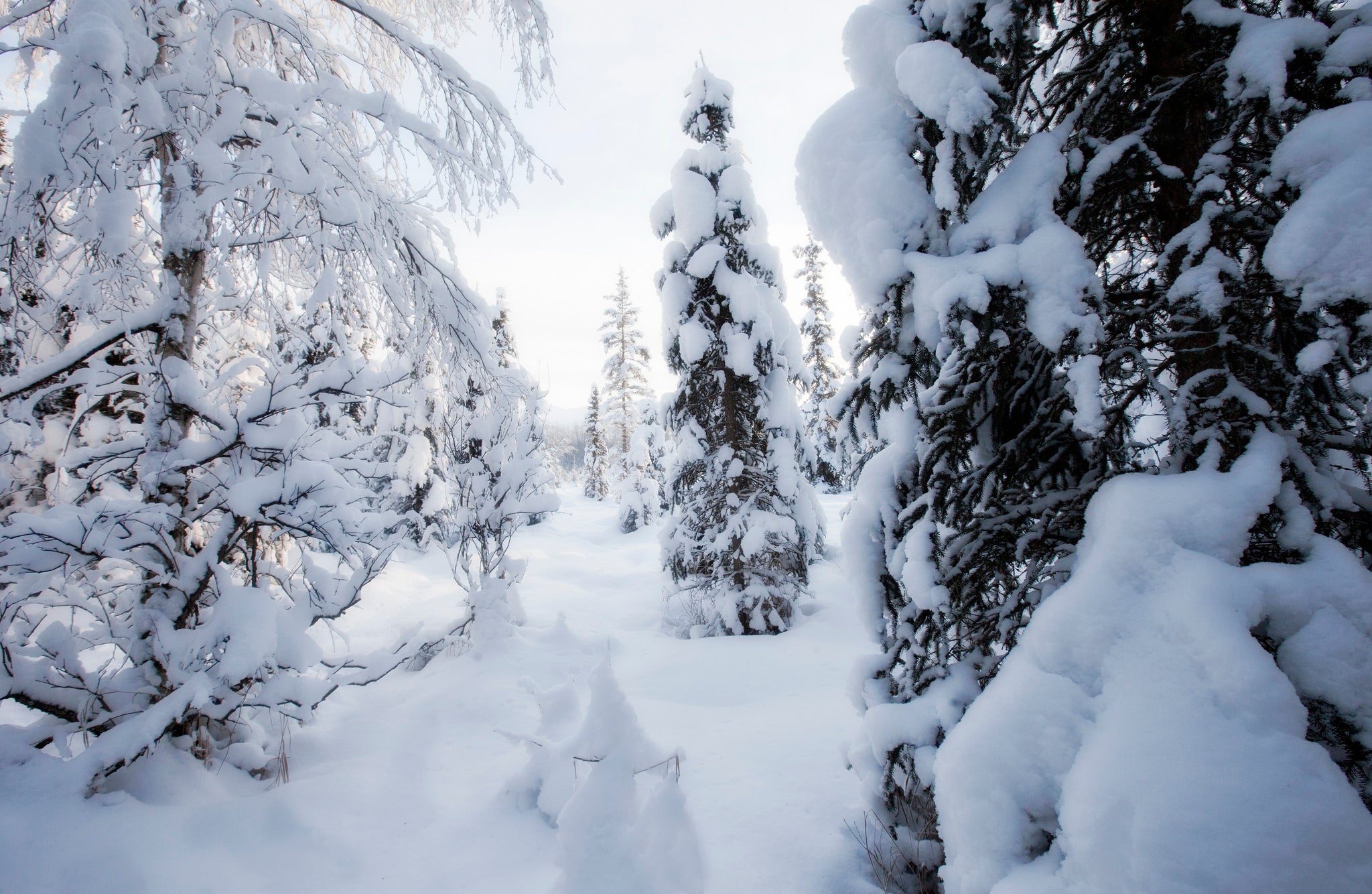Winter Camping: Getting Started

'Photo by Doug Brown/Flickr'
If you’ve heard about the joys of winter wilderness–solitude, easy wildlife tracking, stillness so profound you can hear snowflakes settling on an elk at 30 paces–you’ve probably heard about the challenges, too. And they’re real: You’ll carry extra pounds of gear, face unique risks, and need to learn new methods for cooking, navigating, and–yes–burying your poop.
How to begin? By paying attention to strategy–not just tactics. The experts we interviewed consistently emphasized three fundamentals that should guide every decision you make. Marco Johnson, a senior instructor for the National Outdoor Leadership School (NOLS), put it this way: “Winter camping isn’t just a summer outing with more fleece. Cold temperatures require a different level of planning and thinking–but if you can learn to camp comfortably in that environment, you can tolerate anything.” Above all, remember these three essential bits of advice:
1. Begin in your backyard “Don’t make your first trip a five-day alpine expedition,” says Gyorgy Kereszti, who teaches the multiweek Winter Camping School offered by the Colorado Mountain Club. Start small, with a local overnight, to test yourself and your new gear. Any time you introduce a new skill to your repertoire–like digging a snow cave–practice it in a place where success is not critical to your survival.
2. Take your time Snow and cold slow everything down. “You’ll travel half the miles and double your tent-pitching and cooking time,” says Johnson. Account for this when planning your route, and respect the details: Spending an extra 30 seconds to get your gaiters just right can make a big difference if you break through ice while crossing a stream.
3. Avoid gear shortcuts “Getting quality equipment–and the right stuff–is vital,” stresses Eli Fierer, who has winter-climbed Alaska’s 15,325-foot Mt. Fairweather and leads monthlong mountaineering courses for Alaska Mountain Guides. In the summer, you might get away with sneakers instead of boots–the penalties are small. But wearing an extra jacket to boost the temperature rating of your three-season sleeping bag doesn’t cut it in winter, and it can start a domino effect leading to much more dire consequences. Do what it takes–beg, buy, borrow, or rent–to outfit yourself in a complete set of proven gear.